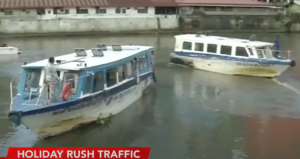
The Department of Transportation (DOTr) has announced that the feasibility study for the Manila Bay-Pasig River-Laguna Lake Ferry (MAPALLAF) System project is expected to be completed within the year. This initiative is part of a broader effort to enhance urban development and public transportation options across the National Capital Region.
Enhancing Urban Connectivity with MAPALLAF
The proposed MAPALLAF aims to introduce a high-capacity, high-frequency, and low-carbon ferry system that would link Manila Bay with Laguna Lake via the Pasig River. Transportation Assistant Secretary Leonel de Velez, speaking at the Asia and the Pacific Transport event in Mandaluyong City, emphasized the project’s potential to revitalize the Pasig River area, enhancing its livability through improved urban developments and pedestrian-friendly spaces.
Key Study Components and Public-Private Collaboration
The feasibility study, conducted in collaboration with the Public-Private Partnership (PPP) Center, focuses on several critical aspects, including demand analysis, to gauge the potential usage of the ferry system. According to Assistant Secretary de Velez, understanding passenger volume is essential for planning infrastructure investments effectively, akin to those made for railways and airports.
Upon completion of the study, the MAPALLAF project will undergo a series of government approvals before it can be offered to private partners for bidding. The aim is to establish this project through a public-private partnership, leveraging both governmental support and private sector efficiency.
Project Costs and Future Plans
While the exact costs of the MAPALLAF project are still being determined, they will be directly influenced by the expected number of users and the corresponding infrastructure needs, such as the number of ferry stations and boats required. Assistant Secretary de Velez highlighted the strategic importance of the MAPALLAF as an alternative east-west transportation corridor in the region, complementing existing north-south corridors provided by the North-South Commuter Railway and the Metro-Middle Subway.
Conclusion: A Vision for Modernized Urban Transport
The MAPALLAF project represents a visionary step towards modernizing urban transport and enhancing the quality of life in Manila. By integrating sustainable transportation solutions such as the proposed ferry system, the DOTr aims to provide efficient, environmentally friendly alternatives that support the city’s growth and development.
This project not only promises to transform the urban landscape but also to provide a resilient and efficient transportation link that could serve as a model for other cities facing similar geographic and urban challenges.



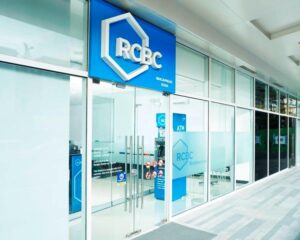
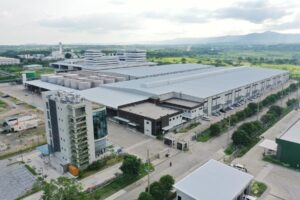
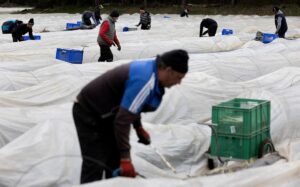





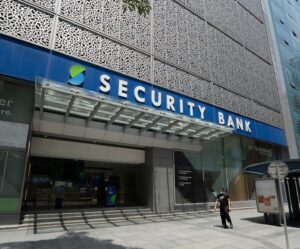
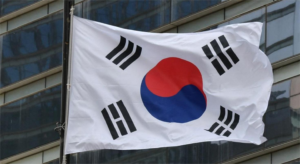
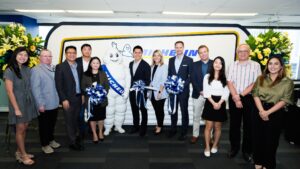







Comments are closed for this article!